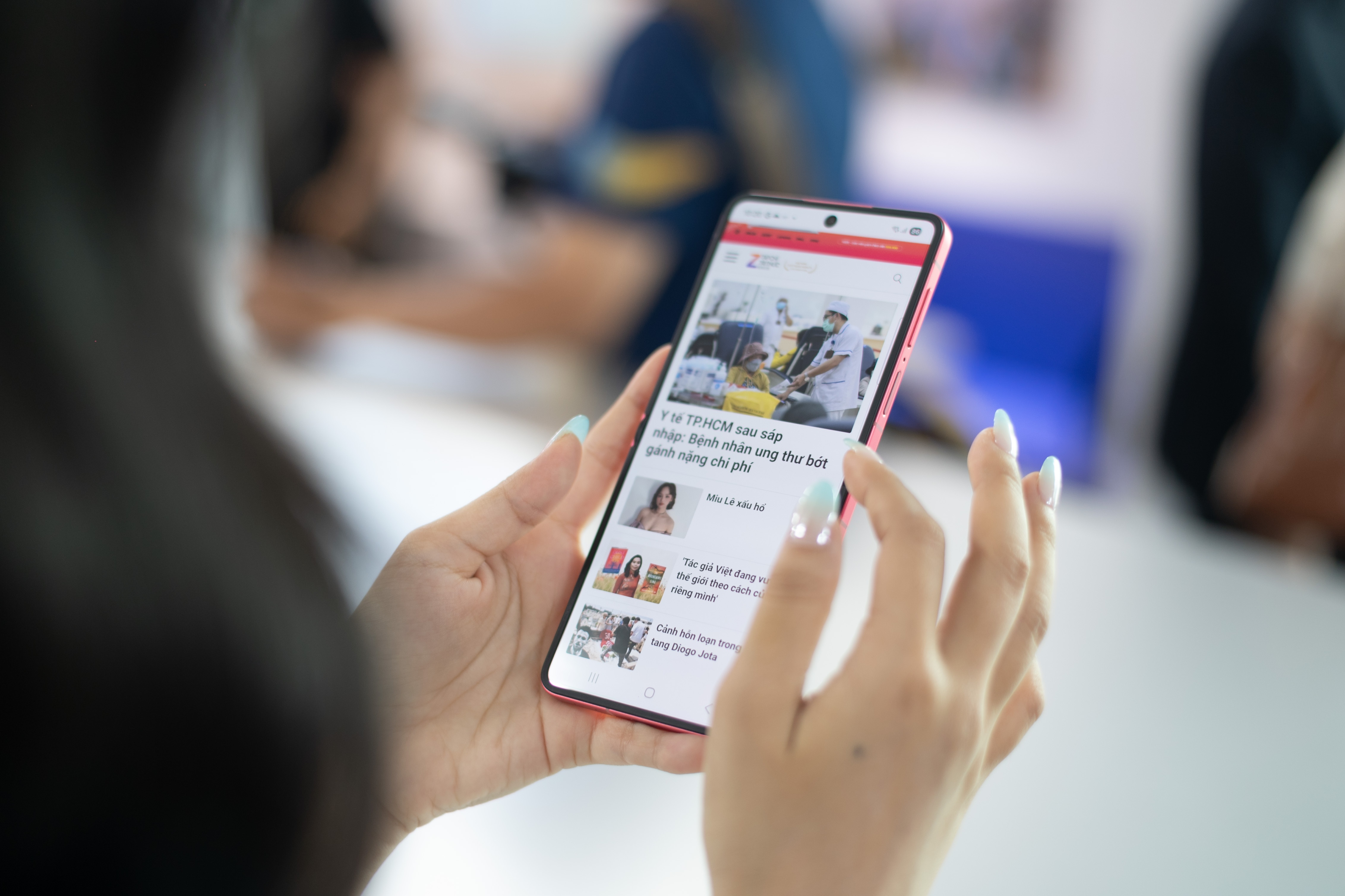
Samsung was the first and most persistent in making foldable phones. The line of phones went from a prototype to one of the company's two main products. Fold and Flip carry the expectation that the Korean company will surpass Apple.
After 6 years, this manufacturer is facing great competition from Chinese companies. Ignoring the gray area of stealing, copying or sharing folding screen technology, Vivo, Oppo, Xiaomi or Honor have Fold and Flip devices that are more modern than Samsung.
The Galaxy Z Fold7 and Z Flip7 duo are like a new generation. The line is reborn, reaching a level of perfection close to that of a smartphone. Samsung has made great strides in product development. But placed on the big track, the two devices are almost similar to their Chinese competitors in terms of form factor.
Samsung Galaxy Z Fold7, Honor Magic V5, Vivo X Fold5 or Xiaomi Mix Fold4 are now only a few hundred micrometers apart in thickness or less than 20 grams in weight. The difference between foldable phones from different brands is not much anymore, limited upgrades are also when the product reaches saturation point.
Foldable device is thinner and lighter than iPhone
Both the new Fold and Flip have major design upgrades. When folded, the Fold is thinner than the iPhone 16 Pro Max or S25 Ultra. When opened, it is only 4.2 mm thick, one of the best mobile devices in this regard. It would have been ahead of the curve if Honor hadn't launched the Honor Magic V5 a few days ago, which is exactly 0.1 mm thinner.
The product now really matches the user's imagination of the functionality of a folding phone. Customers have a smartphone that is as small and light as a bar phone but has a screen twice as large. The experience, in the pocket, in the hand is greatly improved.
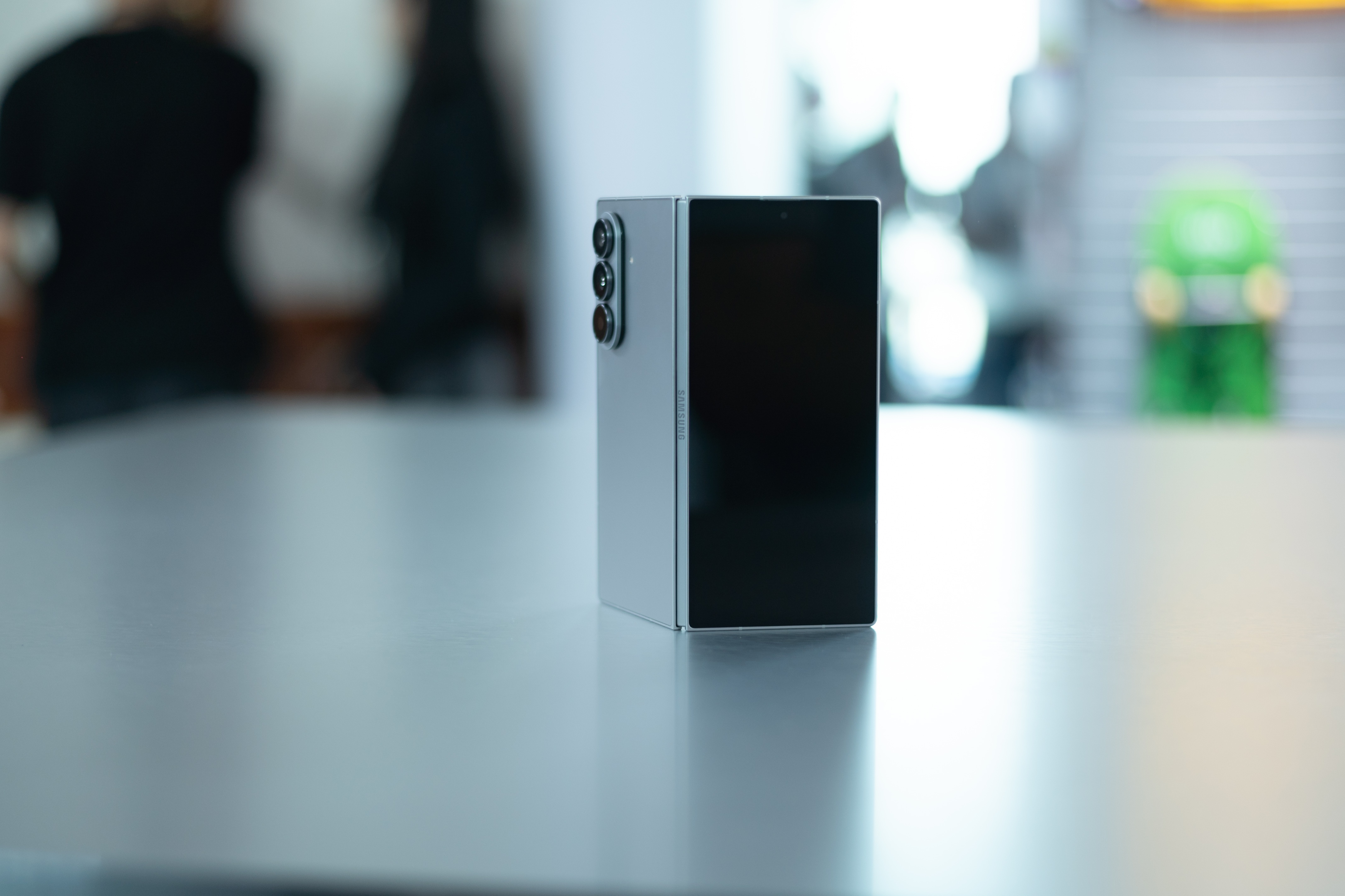 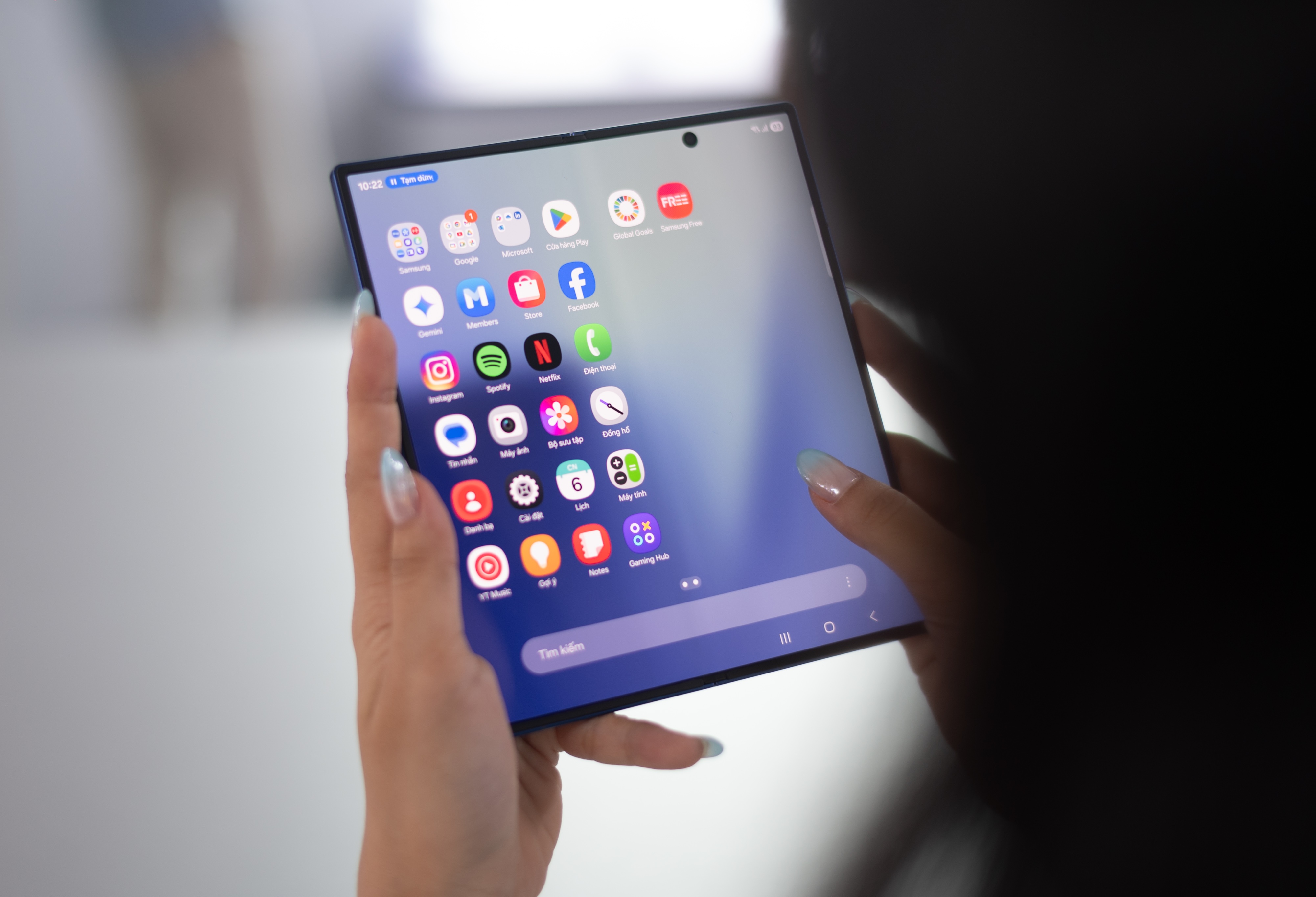 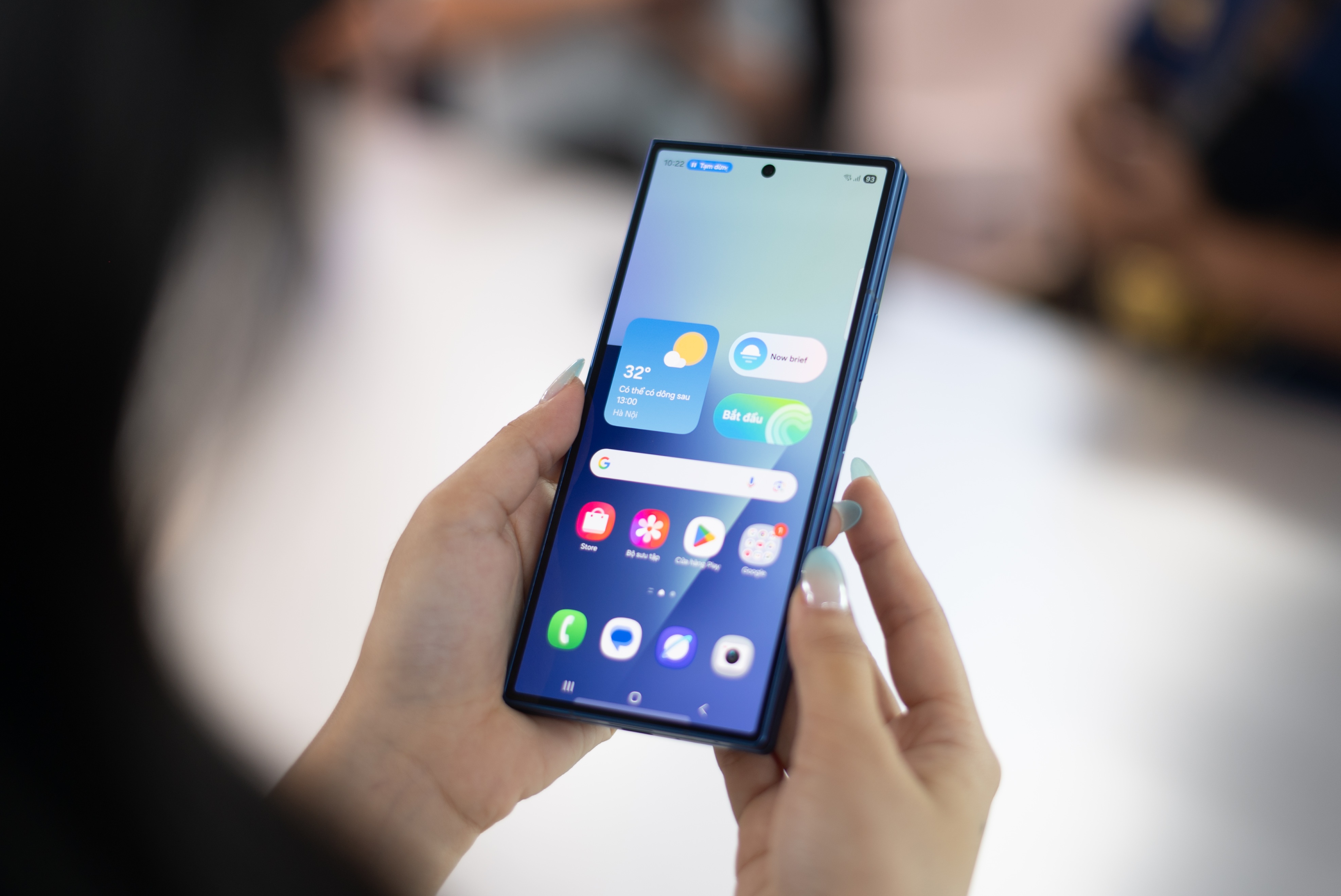 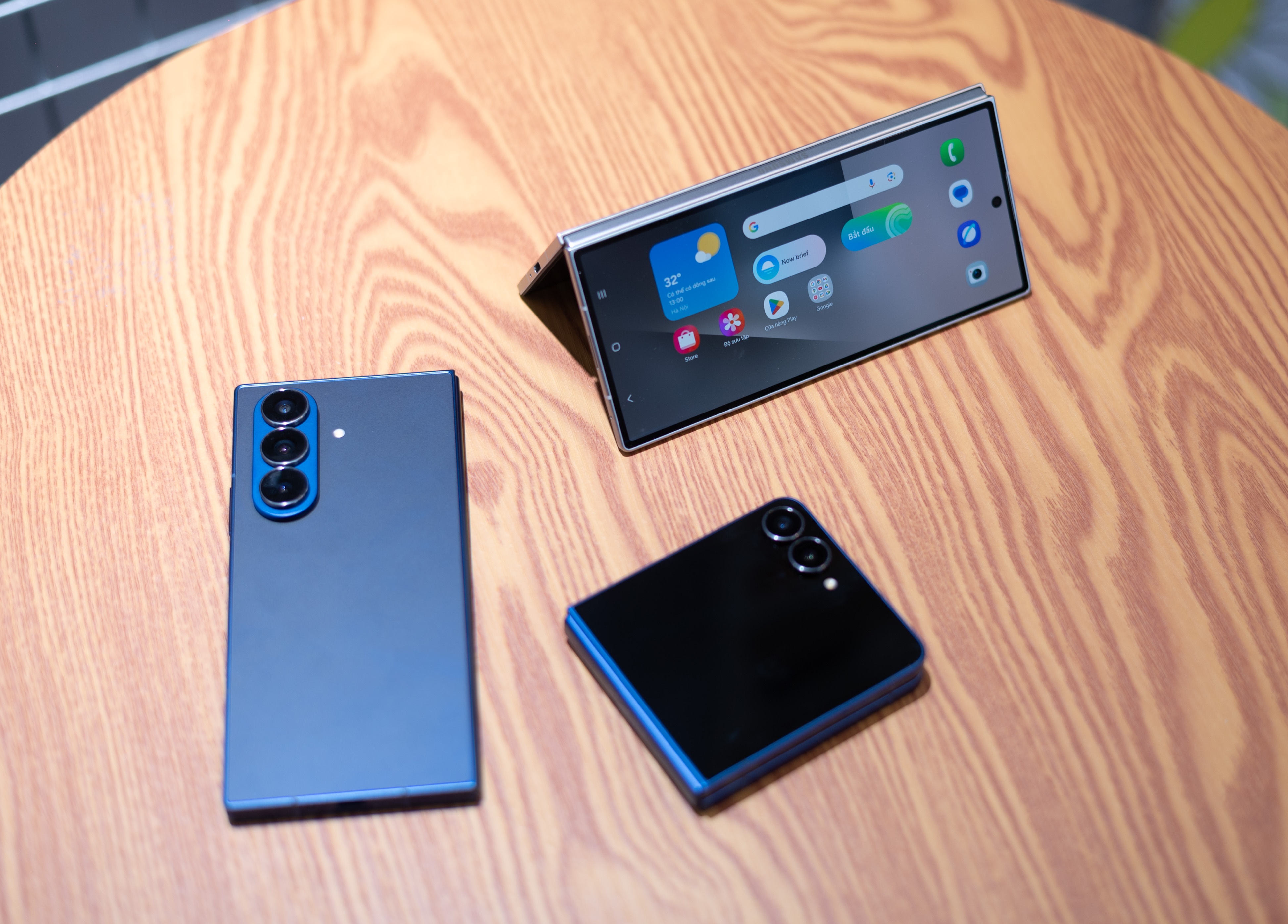 |
The Galaxy Z Fold7 series seems to have been "transformed" by Samsung in terms of design. |
The Z Fold7, except for the Samsung logo and the characteristic camera cluster, no longer has the appearance of its predecessor. In addition to reducing the thinness and weight, the company also expanded the external screen horizontally, making it easier to type. Not only the appearance, the internal structure of the Galaxy Z has been completely rearranged. The SIM slot, which was originally located on the bottom, has now been moved to the top of the device, showing that the internal circuit board has changed.
When Samsung chose to change, it also accepted that the Fold line could no longer hold its own against Chinese foldable phones. Because the screen is wider, the signature long and narrow form factor of the Fold line is gone. This also makes the screen ratio longer when opened, which means the way apps are displayed is different. This is good for multitasking but makes it difficult to hold with one hand.
The large size and thinness make it more difficult to open and close. The Galaxy Z used to ensure the best experience, but now it is not much different from Oppo or Honor. Users need time to get used to it and more force to open the folding device.
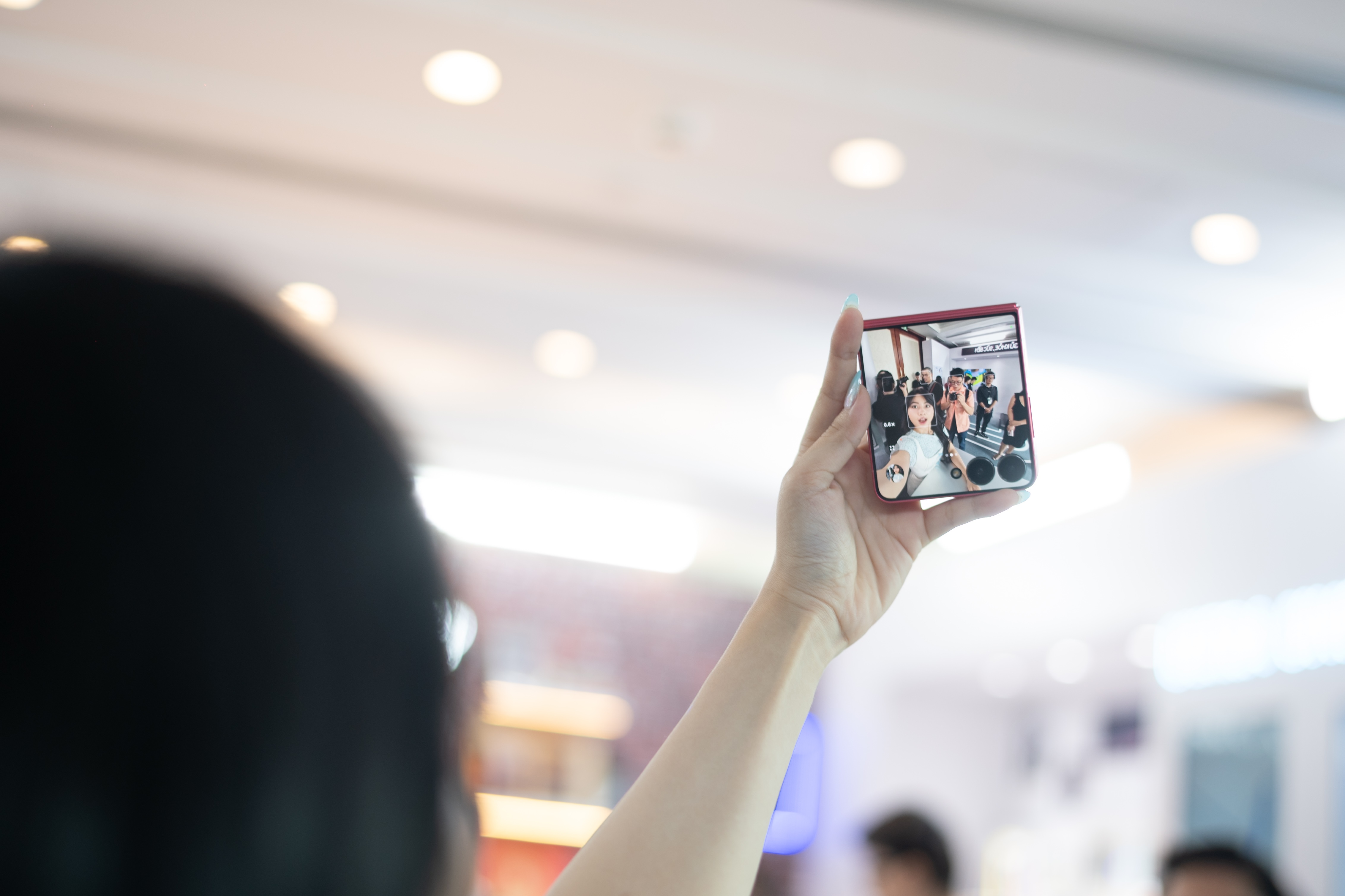 |
The Flip7 model has an edge-to-edge external screen, similar to the Mix Flip and Razr. |
Similar to the Z Flip, the outer screen now extends to the entire frame. The internal screen ratio is also different with a larger width. These changes, along with being thinner and lighter, are all plus points. The only problem is that this model is now no different from the Motorola Raz 2 or Xiaomi Mix Flip.
The two Samsung products still retain a sturdy hinge. The frame is sturdy and not loose despite the significantly reduced thickness.
Saturation point
The smartphone industry reached saturation point many years ago, when the shape and materials used reached their optimal point. Instead of finding new directions, manufacturers followed the old path, upgrading little by little each year.
The same thing is happening with foldable smartphones. The models launched in the past 1-2 years, including the Z Fold7 and Z Flip7, look similar in shape. The thinness and size of the devices are also only less than 1 mm or a few dozen grams apart. Experiments and differences are increasingly limited. This year, Samsung abandoned both the under-screen camera and the S Pen, two unique features that only they have on foldable devices.
The Korean company focuses on software and camera functions. This year's Z Fold7 has a 200 MP camera similar to the flagship S25 Ultra. The device comes pre-installed with Galaxy AI and is one of the first phones to have Gemini Live.
This year’s Fold and Flip are almost complete. Most of the issues users had with foldables, except for the crease, have been resolved. It’s time for customers to confidently choose these phones without sacrificing the experience. The key is to choose the right brand at the right price.
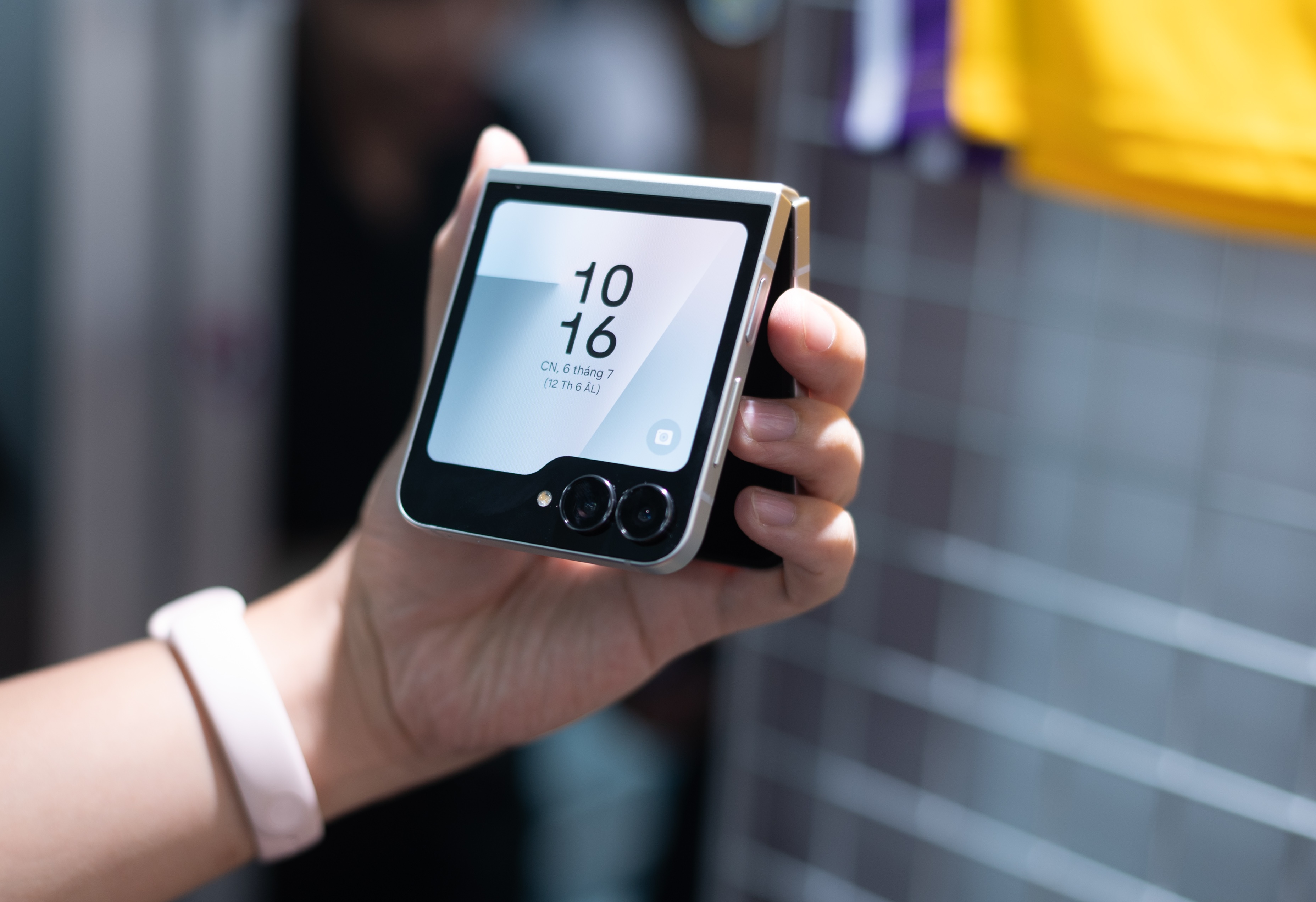 |
Samsung brings foldables to the lower end of the market with the Z Flip FE. |
On the other hand, when technology is saturated, companies want to bring solutions to lower segments, optimizing profits. This year, Samsung first provided the Galaxy Z Flip FE model. The product uses the old frame of the previous generation, thick, heavy and has a smaller secondary screen.
In return, it is still a foldable screen phone. Users who want to experience new technology do not need to pay over 1,000 USD like before.
Source: https://znews.vn/tren-tay-galaxy-z-fold7-flip7-khi-dien-thoai-gap-den-diem-bao-hoa-post1567385.html

























![[Photo] Gia Lai provincial leaders offer flowers at Uncle Ho's Monument with the ethnic groups of the Central Highlands](https://vphoto.vietnam.vn/thumb/1200x675/vietnam/resource/IMAGE/2025/7/9/196438801da24b3cb6158d0501984818)









































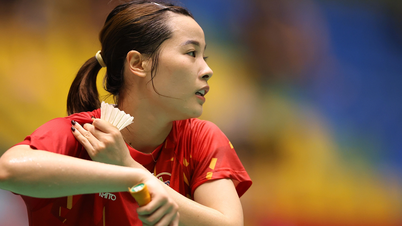












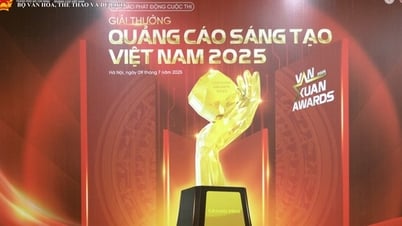

















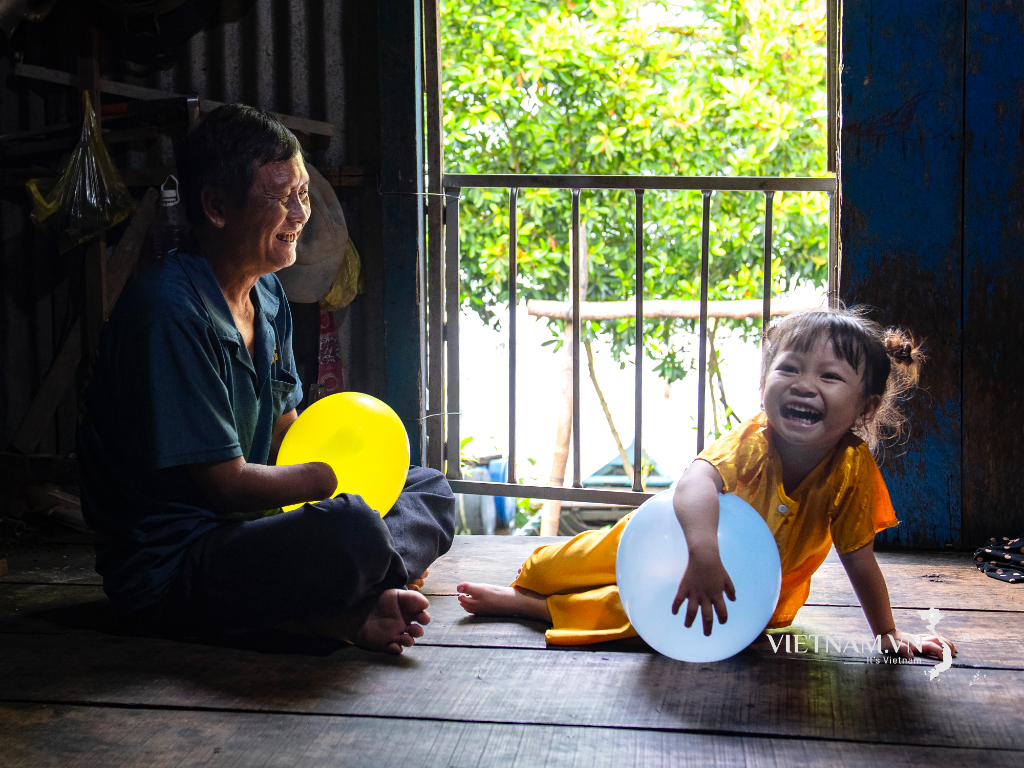



Comment (0)